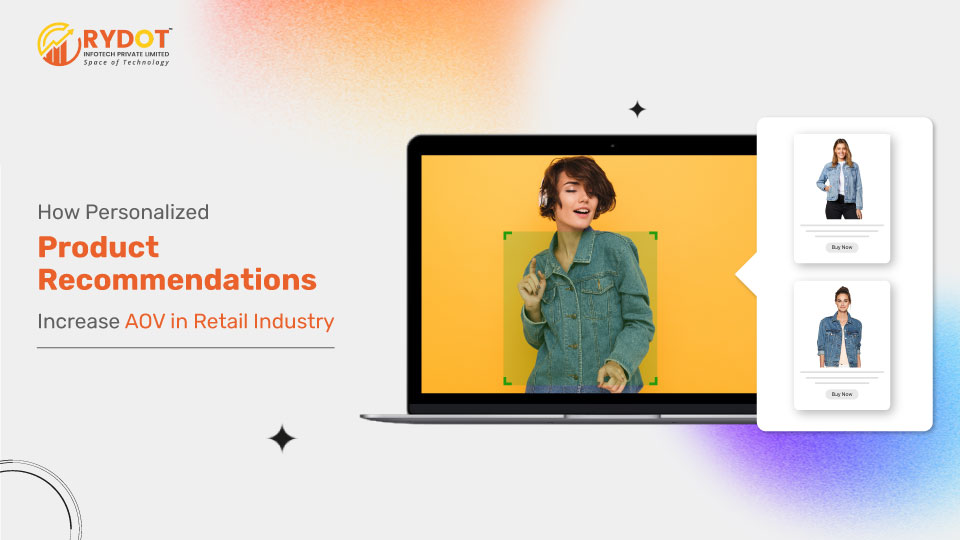The fashion retail industry is growing increasingly competitive in today’s rapidly changing environment where innovation and being customer-centric create differentiation. In such a fast-paced scenario, personalized product recommendations have come from being a luxury to a necessity. Retailers, by using state-of-the-art technologies like Artificial Intelligence (AI) and data analytics, ca
n give the best experiences to the customers, increasing sales and making customers loyal to them. By 2025, the importance of AI-driven recommendations cannot be overemphasized, as they are still defining the customer journey, increasing conversion rates, and increasing Average Order Value (AOV). Transforming Retail with Personalized Recommendations.
From dynamic product suggestions to predictive inventory management, and data-driven insights, fashion brands are at the forefront in revolutionizing consumer engagement. According to MarketsandMarkets, “the global market for recommendation engines is estimated to grow from USD 2.12 billion in 2020 to USD 15.13 billion by 2026, with a compound annual growth rate of 37.46% during that period.” Indeed, this points to the rising reliance of retail on AI driven personalized solutions. This growth reflects the retail industry’s reliance on AI-driven personalized solutions.
Maximizing Conversions with AI-Powered Recommendations
AI-driven systems analyze the customer’s behavior-what they have browsed, purchased, and liked and provide recommendations for what is most likely to interest a person. For instance, Visual AI provides product recommendations based on the visual appeal of products customers have previously viewed. According to research by McKinsey & Company, personalized shopping experiences drive higher engagement levels, simplifying decision-making and allowing for greater differentiation.
How Personalized Product Recommendations Work
Recommendation algorithms rely on sophisticated data analysis to determine which products will interest specific shoppers. Browsing patterns, clickstreams, purchase history, and even social media activity can be examined in order to provide highly relevant suggestions.
For example, when a customer is browsing casual dresses, the recommendation engine can recommend shoes or accessories as complementary items, thereby providing cross-sell opportunities. According to salesforce 61% of consumers are likely to buy if they are offered personalized recommendations.
Read More: The Benefits of Adding Conversational AI Chatbot to Your E-commerce Store During Festive Seasons
